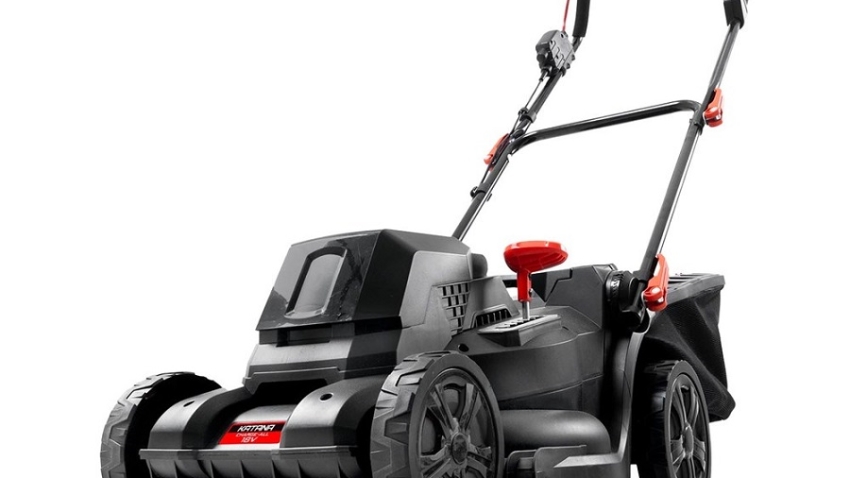
Lawnmower Smokes When Starting: A Comprehensive Analysis
Common Reasons Why Lawnmowers Smoke
Lawnmower smokes when starting – Lawnmowers can start emitting smoke for a variety of reasons. Identifying the cause is the first step to fixing the problem. The smoke color often serves as a clue to the underlying issue.
- Oil Overfill or Spill: Too much oil or a spill can lead to white or blue smoke. Check your oil level and correct it if necessary.
- Old or Contaminated Oil: Oil that has broken down or contains impurities can cause smoking. Change the oil regularly to avoid this problem.
- Clogged Air Filter: A dirty filter limits air flow, forcing the lawnmower to work harder. This strain can result in black smoke. Cleaning or replacing the air filter can solve this.
- Coolant Issues: For liquid-cooled engines, a coolant leak might cause white smoke. Ensure the coolant level is adequate and there are no leaks.
- Faulty Carburetor: A malfunctioning carburetor could lead to fuel burning inefficiently, causing black or blue smoke. A carburetor adjustment or repair may be needed.
- Damaged Gaskets: When gaskets wear out, oil can leak into the combustion chamber. This causes blue smoke. Replacing the gaskets can fix the issue.
Recognizing these signs and understanding their implications helps in effectively troubleshooting a ‘lawnmower smokes when starting’ scenario. Early detection and repair can save you from more extensive damage to your lawnmower.
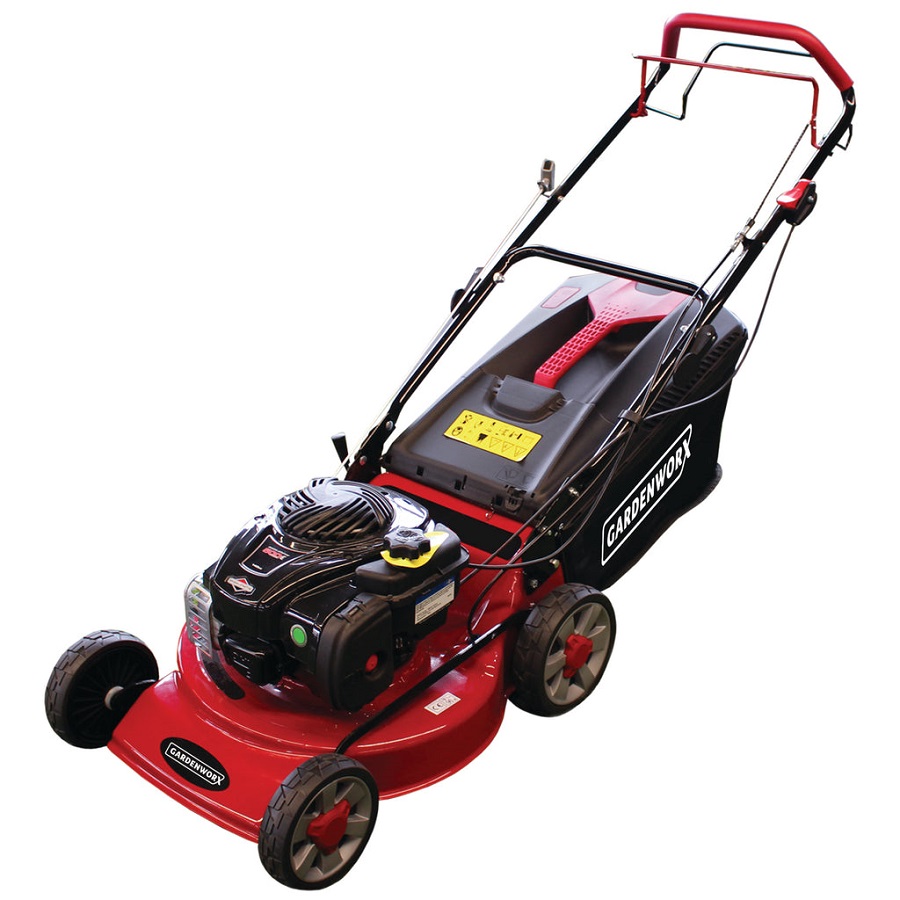 Initial Steps Before Repairing a Smoking Lawnmower
Initial Steps Before Repairing a Smoking Lawnmower
Before you tackle the issue of your lawnmower smokes when starting, it’s important to take a few initial steps.
- Ensure Safety: Turn off the lawnmower and let it cool. Remove the spark plug to prevent accidental starts.
- Inspect Visibly: Look for obvious signs of damage or leaks. Check if the oil has overflowed or if there are visible cracks in the engine.
- Read the Manual: Consult your lawnmower’s user manual for specific troubleshooting tips and safety warnings.
- Gather Tools: Make sure you have the right tools on hand. Wrenches, pliers, and screwdrivers are often needed.
- Prepare a Clean Workspace: Clear an area to work on your lawnmower. A clean, flat surface is ideal for keeping track of parts.
- Take Photos: Snap pictures of the lawnmower before disassembling. This helps remember how to put it back together.
By following these steps, you can prepare to diagnose and possibly fix the smoking issue safely and systematically.
How to Troubleshoot a Smoking Lawnmower
Troubleshooting a lawnmower that smokes when starting involves a systematic approach. Here’s how to diagnose the issue efficiently.
- Check the Oil Level: Begin with the simplest check. Make sure the oil level is not above the full mark.
- Inspect the Air Filter: Remove and look at the air filter. A clogged filter can cause smoking. Clean or replace as necessary.
- Examine the Carburetor: Investigate the carburetor for any signs of malfunction or improper adjustment.
- Assess Fuel Quality: Old or contaminated fuel may be a culprit. Drain the tank and refill with fresh fuel.
- Look for Oil Leaks: Check around the engine for oil leaks. Pay special attention to gaskets and seals.
- Evaluate the Coolant System: If your model uses coolant, ensure it’s at the proper level and there are no leaks.
- Spark Plug Condition: A fouled spark plug can contribute to smoking. Remove it and check for oil or carbon build-up.
Each of these steps can help identify why your lawnmower smokes when starting. If you find an issue, proceed with the appropriate fix. A methodical approach saves time and gets you closer to a solution.
DIY Fixes for a White Smoke Issue
When you notice white smoke, it often relates to oil issues. Here are some DIY fixes you can try:
- Adjust Oil Levels: If overfilled, drain some oil to the correct level. Use a siphon pump or dipstick to remove excess oil carefully. Make sure you don’t underfill it either.
- Replace Old Oil: Change old or contaminated oil. Use the proper grade and amount for your lawnmower model. Consult the manual to ensure you use the right type.
- Fix Oil Leaks: Tighten loose bolts around the engine. Replace worn gaskets if they are causing leaks into the combustion chamber.
- Clean the Muffler: Sometimes, oil can collect in the muffler, especially if the mower tipped over. Clean the muffler exterior and check if it’s operating correctly.
- Check Coolant Levels: For liquid-cooled engines, make sure the coolant is at the right level. Top it up if it’s low and check again for leaks.
Attempting these fixes can often resolve a white smoke issue, getting your lawnmower running smoothly. Keep the area ventilated when working and dispose of old oil responsibly.
Repairing a Lawnmower Emitting Blue or Black Smoke
Blue or black smoke from a lawnmower indicates incomplete combustion or an oil burn-off. Follow these steps to tackle the problem:
- Check the Carburetor: Make sure it’s clean and properly adjusted. A dirty or misadjusted carburetor may cause rich fuel mixture, leading to black smoke.
- Examine Engine Oil: Confirm oil isn’t seeping into the combustion chamber. Replace the oil if it’s old or contaminated. Ensure the engine oil is at the correct level, as overfilling may lead to blue smoke.
- Inspect the Spark Plug: A blackened or oily spark plug can cause smoking. Replace it if it’s worn out or covered in residue.
- Clean or Replace Air Filter: A blocked air filter can restrict airflow and cause black smoke. Clean the air filter thoroughly or replace it if necessary.
- Inspect Gaskets and Seals: Look for signs of wear or damage. Replace any faulty gaskets or seals to prevent oil from entering the combustion chamber.
- Control Fuel Mixture: If the fuel mix is too rich, it may cause the mower to emit black smoke. Adjust the carburetor to get the right fuel-air mix.
- Check Engine Breather: If it’s blocked, the crankcase can’t vent properly, leading to blue smoke. Clean the breather to fix this issue.
By checking and repairing these components, you can resolve blue or black smoke problems in your lawnmower. Don’t forget to work in a well-ventilated area and handle all parts with care.
Maintenance Tips to Prevent Future Smoking Issues
Keeping your lawnmower in top condition can prevent the inconvenience of smoke issues. Follow these maintenance tips to ensure a healthier, longer-lasting machine:
- Regular Oil Changes: Change the oil as recommended in your manual. This keeps it free from contaminants that cause smoke.
- Clean Air Filter: Inspect and clean the air filter regularly. Replace it if it’s worn out or damaged.
- Use Fresh Fuel: Always use fresh, high-quality fuel. Stale fuel can lead to smoking and other engine problems.
- Check the Spark Plug: Examine the spark plug often and replace it when necessary. A clean, functioning spark plug is crucial for proper engine operation.
- Tighten Bolts and Fittings: Regularly check and tighten engine bolts and fittings. This prevents oil leaks and other issues related to loose components.
- Inspect Gaskets: Keep an eye on engine gaskets. Replace them when they show signs of wear or damage.
- Avoid Overfilling Oil: Fill oil to the proper level. Overfilling can lead to white smoke and other engine issues.
- Store Correctly: Store your lawnmower in a dry, clean place. This protects it from moisture and dirt, which could cause smoking.
- Periodic Check-Ups: Even if there are no signs of trouble, inspect your lawnmower periodically. Early detection of potential problems can save you from future smoking issues.
Incorporating these maintenance habits will help prevent your lawnmower from smoking when starting and ensure it stays in perfect condition for your gardening needs.
When to Seek Professional Lawnmower Repair
While many smoking problems with lawnmowers are fixable at home, certain situations require professional help. Knowing when to call in the experts can save you time and prevent further damage to your machine. Seek professional repair services if you encounter the following:
- Persistent Issues: If smoke persists after you’ve tried DIY fixes, an expert may need to look at it.
- Complex Engine Problems: When smoking points to internal engine issues, professionals should handle them.
- Lack of Experience: If you’re not confident in your ability to fix the issue, it’s better to get professional help.
- Warranty Concerns: DIY repairs might void your warranty. Check your manual to know when to go pro.
- Strange Noises: Odd sounds coming from your lawnmower along with smoke can indicate serious problems.
- No Improvement: If the smoking problem doesn’t improve after checking common factors, it might be time for expert diagnosis.
By understanding these signs, you can make an informed decision about when to hire a professional for lawnmower repair and when to handle things yourself. Always put safety first and avoid taking risks if you’re unsure about your repair skills.
Safety Considerations When Handling a Smoking Lawnmower
When your lawnmower smokes upon starting, safety should be your top priority. Here are vital safety tips:
- Wear Protective Gear: Always put on gloves and safety glasses. This protects you from oil, fuel, and debris.
- Work in a Ventilated Area: Repair outdoors or in a well-ventilated space. Smoke and fumes can be toxic.
- Keep a Fire Extinguisher Nearby: Have one on hand in case of fires. Lawnmowers have fuel, which is flammable.
- Disconnect the Spark Plug: This prevents the lawnmower from starting accidentally. Always do this before repairs.
- Avoid Smoking or Open Flames: Never light up near a smoking lawnmower. Fuel and oil vapors can ignite.
- Let the Engine Cool: Wait for the engine to cool before touching parts. This avoids burns from hot components.
- Don’t Rush the Repairs: Take your time to diagnose and fix the issue properly. Haste can lead to accidents.
Remember, if you feel unsure about handling a smoking lawnmower, contact a professional. Safety comes first; don’t risk injury or damage to your lawnmower.




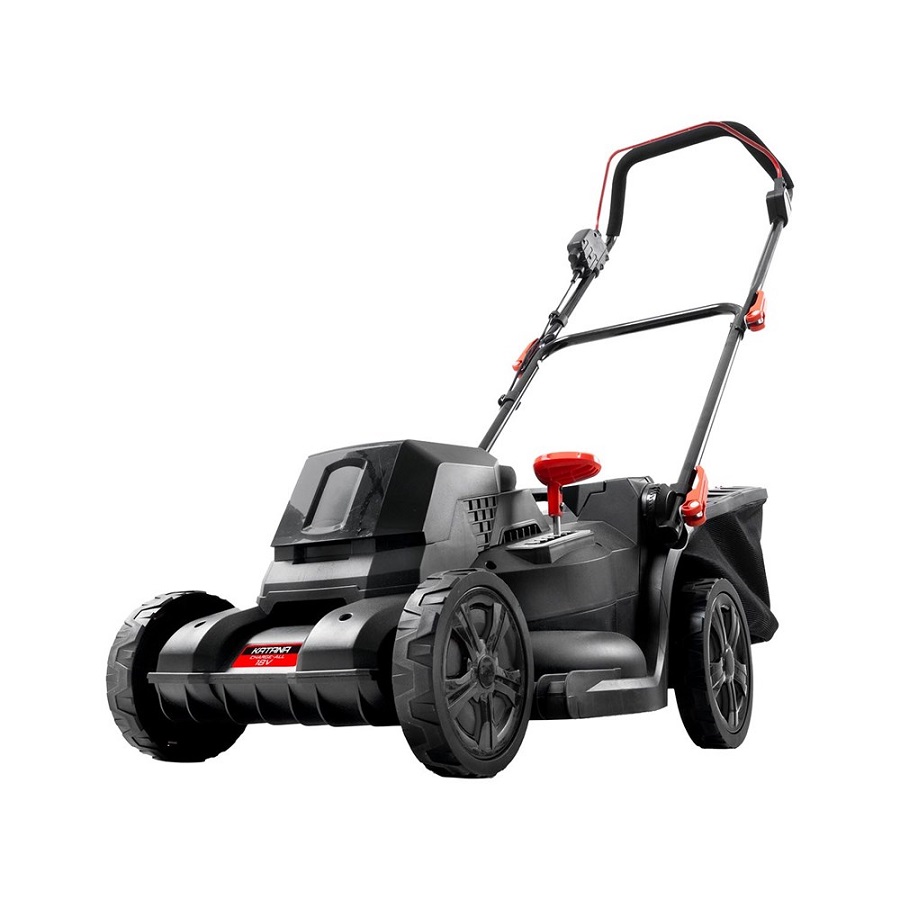
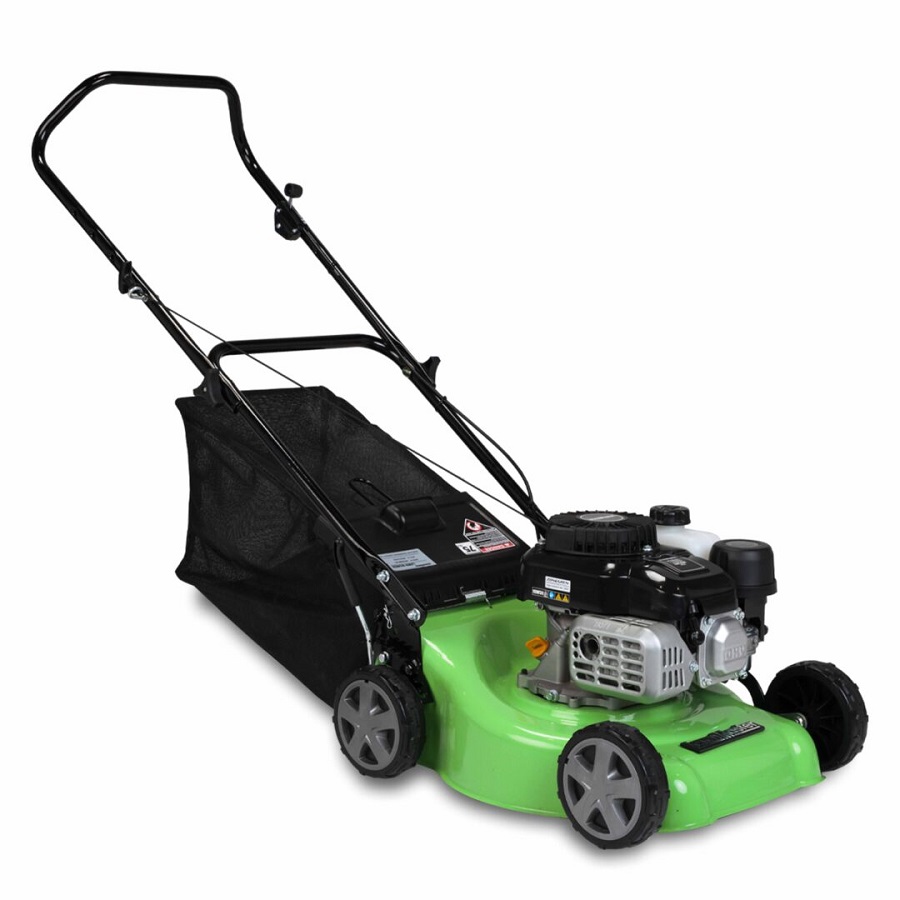
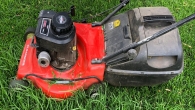




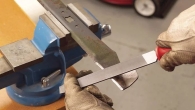

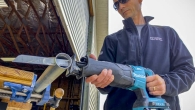
Leave a Reply